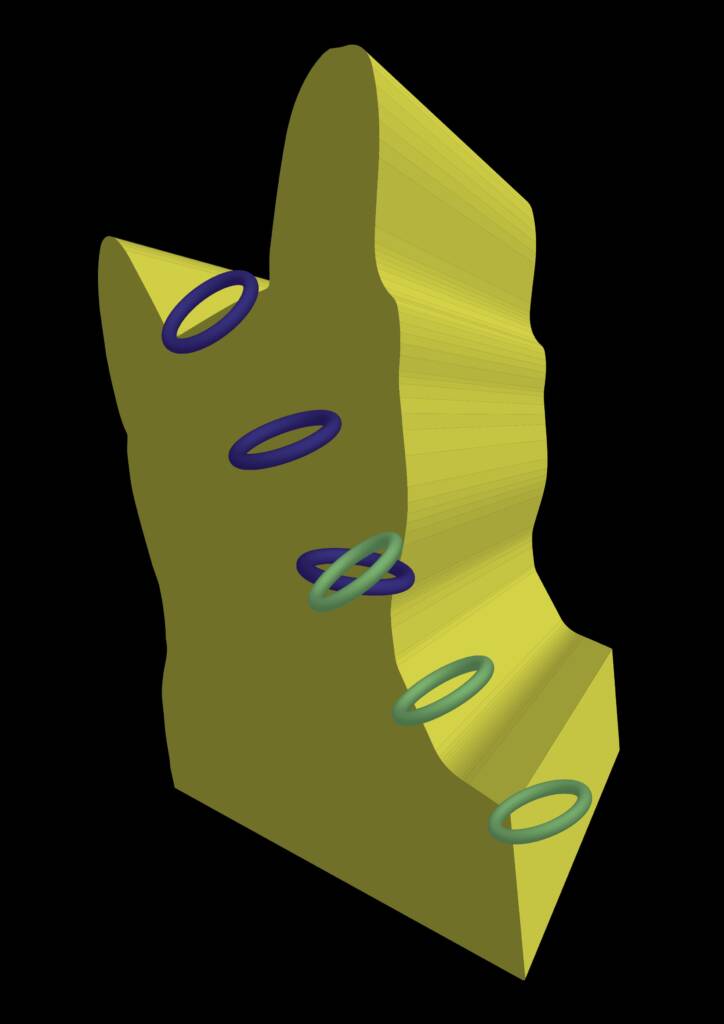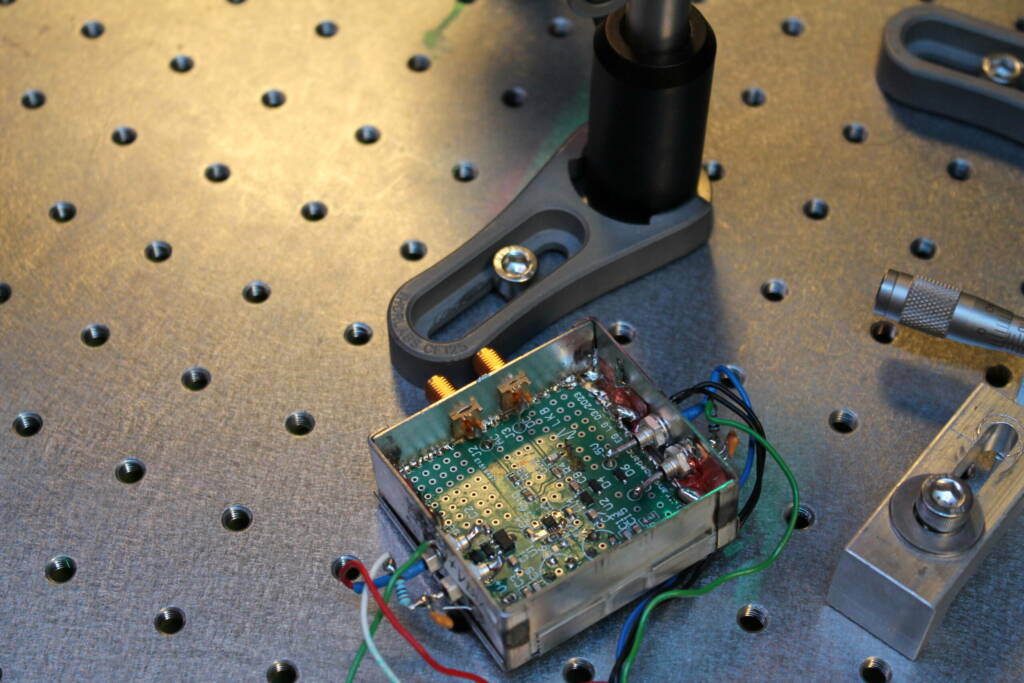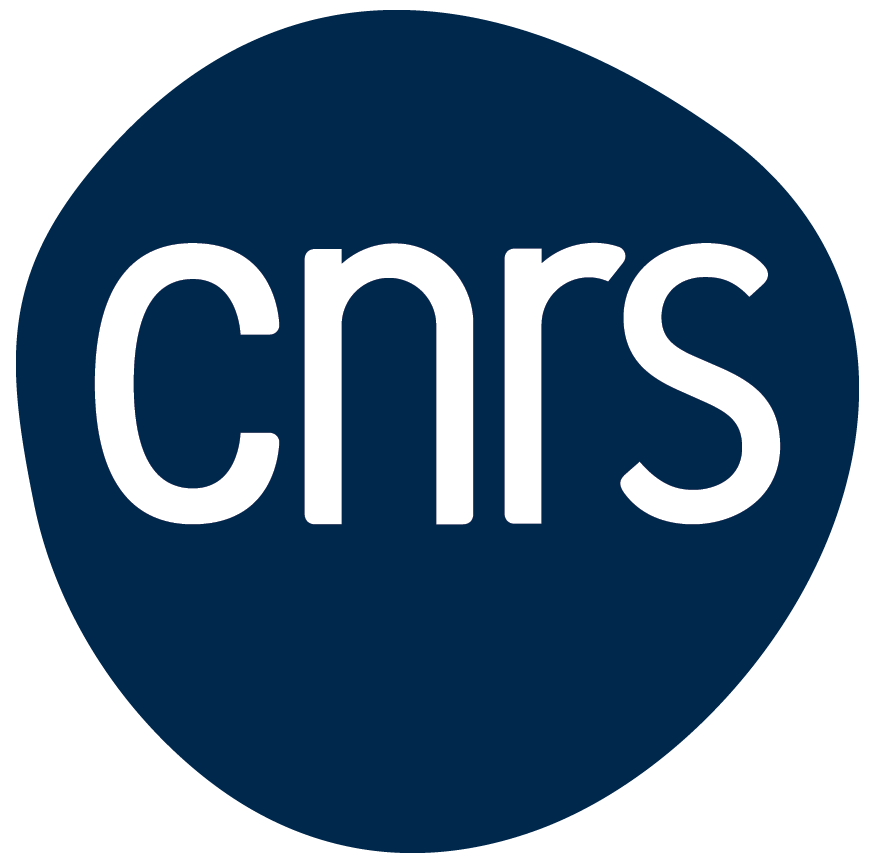Schrödinger’s cats to measure the electric field of a single electron

Physicists have just developed an ultrasensitive electrometer based on the use of excited atoms in a superposition of Schrödinger cat states. These elusive superpositions, which have been at the centre of many debates on the foundations of quantum physics for over 80 years, are now beginning to be used in devices with practical applications.
It is now possible to detect the presence of a single electron in a miniaturised electronic circuit. However, this remains an experimental challenge because the device used – the single-electron transistor – has to be incorporated into the circuit from the design stage and only operates at temperatures of a few fractions of a Kelvin.
Physicists at the Kastler Brossel Laboratory (LKB, UPMC/ENS/CdF/CNRS) have just developed a new approach based on the use of highly excited atoms, known as Rydberg atoms, placed in a quantum superposition of states known as Schrödinger’s cat. The sensitivity of these measurements is comparable to that of single-electron transistors, while being much less invasive and requiring much lower cryogenic temperatures.
The current device can detect in one second an electric field of 3 millivolts per metre, the value of the field created by a single electron at a distance of three quarters of a millimetre. This method makes it possible to detect a single electron at a distance of around one hundred micrometres in just one microsecond. This work is published in the journal Nature.
At the start of each measurement sequence, a laser pulse and a radio-frequency field applied to a jet of very sparse atoms emerging from an oven are used to bring a single atom into a Rydberg state in which the outer electron has a circular orbital movement at a great distance from the atom’s core. This is when the researchers prepare their ‘Schrödinger’s cat’: a microwave pulse and a radio-frequency field transform this electronic state into a quantum superposition of two states corresponding to a horizontal circular orbit and a highly inclined elliptical orbit, which is very sensitive to the electric field.
The electron then probes the ambient electric field for a period ranging from a few dozen to a few hundred nanoseconds, during which the two superposition states accumulate different quantum phases. The researchers then recombine the two states with a new microwave pulse. The final detection of the atomic state makes it possible to measure the accumulated phase difference between the two components of the Schrödinger cat, and from this to deduce the value of the electric field seen by the atom. The total duration of the process – around 300 microseconds – means that the operation can be repeated three thousand times per second.
By subjecting the atoms to two electric fields differing by only 60 millivolts per metre, the researchers were able to characterise the sensitivity of their method and the experimental noise that is a major limitation in this type of measurement. Improvements to the experimental set-up should make it possible to detect a single electron a hundred micrometres away in just a microsecond, paving the way for applications in nanoelectronics. Variants of these atomic Schrödinger cats could also be used to measure very small variations in magnetic fields.
A sensitive electrometer based on a Rydberg atom in a Schrödinger cat state
Adrien Facon, Eva-Katharina Dietsche, Dorian Grosso, Serge Haroche, Jean- Michel Raimond, Michel Brune et Sébastien Gleyzes
Nature, le 14 juillet 2016
Image: Representation of the wave function of the electron in the ‘Schrödinger cat’ state. The electron is in a superposition of two very different trajectories, which makes it extremely sensitive to potential variations induced by electric fields. Image credit: Angèle Brune
Read also
CNRS Recruitment – Join the LKB
External Recruitment for Researchers (M/F)
Nathan Goldman is among the Highly Cited Researchers
Clarivate list



